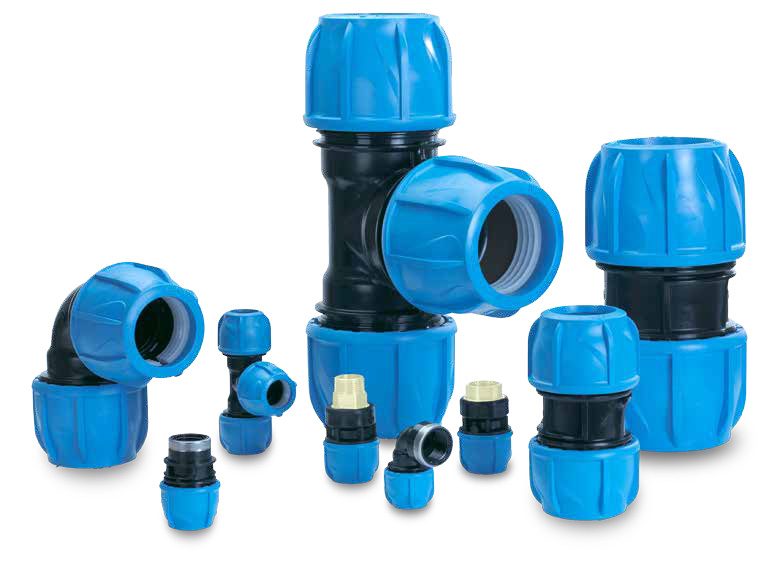Sustainable Cockroach Control Approaches: Eco-Friendly Solutions
Introduction: Cockroach infestations can be a persistent challenge, but adopting Sustainable Cockroach Control Approaches can…


Introduction:
Cockroach infestations can be a persistent challenge, but adopting Sustainable Cockroach Control Approaches can help manage these pests while minimizing environmental impact. Explore eco-friendly methods that prioritize sustainability and effective cockroach control.
Understanding the Cockroach Challenge:
Cockroaches are notorious for their resilience and adaptability. Traditional control methods often involve harsh chemicals that can be harmful to the environment and human health. Sustainable approaches seek to address the root causes of infestations while embracing eco-friendly solutions.
Integrated Pest Management (IPM): A Holistic Approach:
Integrated Pest Management (IPM) is at the core of sustainable cockroach control. This holistic approach involves a combination of strategies, including sanitation, exclusion, and biological control. By addressing factors like food sources, entry points, and habitat modification, IPM creates a comprehensive and sustainable solution.
Natural Predators and Biological Control:
Introducing natural predators, such as certain types of wasps, or employing biological control methods can be an effective part of sustainable cockroach management. These methods focus on disrupting the cockroach life cycle without resorting to chemical interventions, promoting a more balanced ecosystem.
Non-Toxic Baits and Traps:
Sustainable cockroach control often involves the use of non-toxic baits and traps. These alternatives are designed to attract and capture cockroaches without posing risks to other organisms. By opting for non-toxic solutions, we can effectively reduce cockroach populations while maintaining environmental responsibility.
Diatomaceous Earth: A Natural Desiccant:
Diatomaceous Earth (DE) is a natural substance that can be used as an eco-friendly cockroach control method. DE is a fine powder that dehydrates and damages the exoskeleton of cockroaches, leading to their demise. This natural desiccant is safe for humans and pets, offering a sustainable option for pest management.
Cockroach-Repellent Plants:
Certain plants have natural properties that repel cockroaches. Incorporating these plants into your living spaces or gardens can act as a preventive measure. Examples include catnip, bay leaves, and mint. These botanical deterrents not only contribute to sustainable pest control but also add greenery to your surroundings.
Sealing Entry Points: Prevention is Key:
One of the sustainable cockroach control principles is prevention. Sealing entry points, such as cracks and gaps in walls, windows, and doors, helps prevent cockroaches from infiltrating your living spaces. This proactive measure reduces the need for reactive pest control methods.
Community Engagement in Sustainable Practices:
Building community awareness and engagement is crucial for sustainable pest control. By educating communities about proper waste management, hygiene practices, and the importance of sustainability, we can collectively reduce the conditions that attract and sustain cockroach populations.
Professional Services with a Sustainable Focus:
Engaging professional pest control services that prioritize sustainable approaches is essential. Sustainable pest control professionals are equipped to assess and implement eco-friendly strategies tailored to your specific cockroach infestation. These services often combine various sustainable methods for optimal results.
Conclusion:
Sustainable Cockroach Control Approaches offer effective solutions while prioritizing the health of our environment. By adopting eco-friendly methods, such as Integrated Pest Management, natural predators, and non-toxic traps, we can manage cockroach infestations without compromising sustainability. To learn more about sustainable pest control, visit HomeInHarmonia.com and take a step towards a greener and pest-free home.







